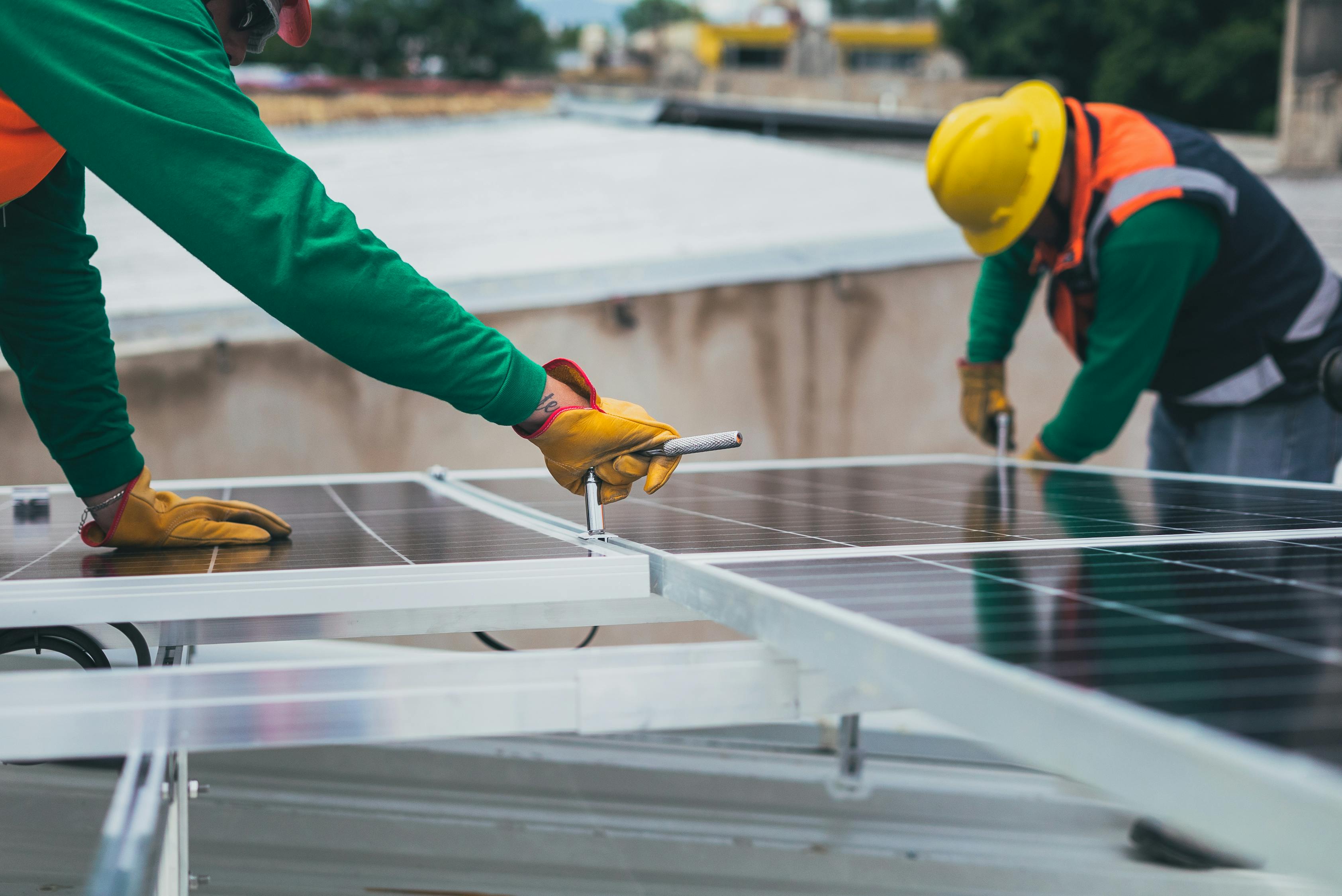Solar Energy: How to Save on Your Next Utility Bill
It's no secret that the cost of electricity is on the rise. If you're like many people, your next utility bill will be higher than usual and this may make you want to explore other options for powering your home. One way to save money is by installing solar panels on your roof. But how do they work? What are the benefits and drawbacks? We'll talk about it all in today's blog post!
1. How Solar Energy Works
The sun is made of three parts, including the core which is extremely dense and where energy is created through fusion. Fusion produces massive amounts of heat that are converted into electromagnetic radiation in the form of light particles called photons. The sunlight that reaches earth can be found in this form in all different wavelengths. Different wavelengths have varying levels of ability to penetrate objects - for instance, UV cannot pass through glass whereas IR or Microwaves can.
But not all solar power applications rely on converting this raw sunlight into electricity directly through photovoltaics (PV). Many times, particularly in non-commercial settings, another process known as thermal conversion takes place. This uses the maximum temperature difference between the air and the absorber (for example, metal) to drive a heat engine.
While many people are interested in the technicalities of solar energy, its most important benefit is financial. Solar panels can help you lower your monthly utility bills by providing power for your home when the sun shines brightly. Many homes with rooftop solar panels have seen their electricity costs reduced dramatically - some homeowners even save hundreds of dollars every month!
2. How Much Can You Save?
In order to qualify for a solar energy system, you must have an appropriate roof space that faces in the right direction, and is unshaded. The technology works best if your panels receive full sunlight (which can mean up to five hours of direct sun) and orientations facing south or southwest are the best. If you reside in a state like California where electricity prices are high and sunshine is plentiful, you will likely save more than those living in areas with less sun and higher costs.
A 2012 study by the United States Department of Energy (DOE) showed that solar photovoltaic systems could help reduce home electricity bills by 70% . Not only that but these savings add up quickly - for example, a 5 kilowatt (kW) system could pay for itself in 6-8 years , and the value of that energy produced will continue to rise.
3. The Drawbacks
The biggest drawback to solar energy is its high upfront cost. Replacing your roof with solar panels can be quite expensive, but many states offer generous incentives like tax credits or rebates . The federal government also offers a 30% tax credit if you purchase PV panels through your electric company - for example, via SolarCity (for new customers only). If you are able to get assistance from the government or even just have the resources necessary to afford this big investment, it won't take too long before you see how beneficial it is. After all, future savings are worth it!
Another drawback is the lack of flexibility with solar energy. While there are options for storing renewable electricity like batteries , they can be expensive and not last too long. If you rely heavily on solar panels to power your home, you may experience some inconveniences during cloudy or very brief periods in which there is no sunlight at all.
4. How It Can Help You in Real Life
Understandably, many people want to know how solar energy could help them when they're out and about - especially when they leave their homes in the morning when it's dark outside. This is where small-scale applications come into play! Excess solar energy produced by your household can also be used at other times, so you could charge your phone, computer, or other device during the day and use it at night.
You can also take advantage of a solar flashlight, which is a great option if you go camping or hike in remote areas far from civilization. Instead of packing a heavy portable battery charger , just grab a solar flashlight ! These devices are great for emergencies - if you get lost on a hike or stuck in an elevator late at night, you won't have to worry about being stuck in the dark. Solar flashlights are typically made from ABS plastic with rubberized grips that feel comfortable in hand - they don't run out of juice very easily either since batteries need to be replaced periodically.
But what if your favorite sporting event goes into overtime? Or you're out camping in the woods and can't seem to find your group again after it gets dark? These are scenarios that require a little more light than what conventional flashlights can offer.

